Bindings matter more than you might think. They’re what keep your boots attached to your skis, and they can make or break your day on the slopes. For beginners, the choice often comes down to two options:
- Standard Bindings: Found on most skis from brands like Rossignol and Atomic. These are sturdy, precise, and built for performance - but they’re heavy, require special boots, and need professional setup.
- Snowfeet Bindings: Lightweight, easy to use, and compatible with regular winter shoes or snowboard boots. They’re ideal for beginners but less stable at high speeds.
Here’s the quick takeaway: If you’re new to skiing or want something simple, Snowfeet bindings are a great starting point. But if you’re aiming for speed and advanced terrain, standard bindings might be worth the extra effort.
Quick Comparison:
| Feature | Standard Bindings | Snowfeet Bindings |
|---|---|---|
| Boots Needed | Specialized ski boots | Regular winter shoes |
| Weight | Heavy | Lightweight |
| Ease of Use | Requires setup | Beginner-friendly |
| Performance | Great at high speeds | Best for casual skiing |
| Cost | Higher upfront investment | Lower starting cost |
So, what’s your style? Simple and fun, or precise and powerful? Let’s break it down further.
How To Choose Ski Bindings
1. Standard Ski Bindings (Rossignol, Atomic, Elan, Head)
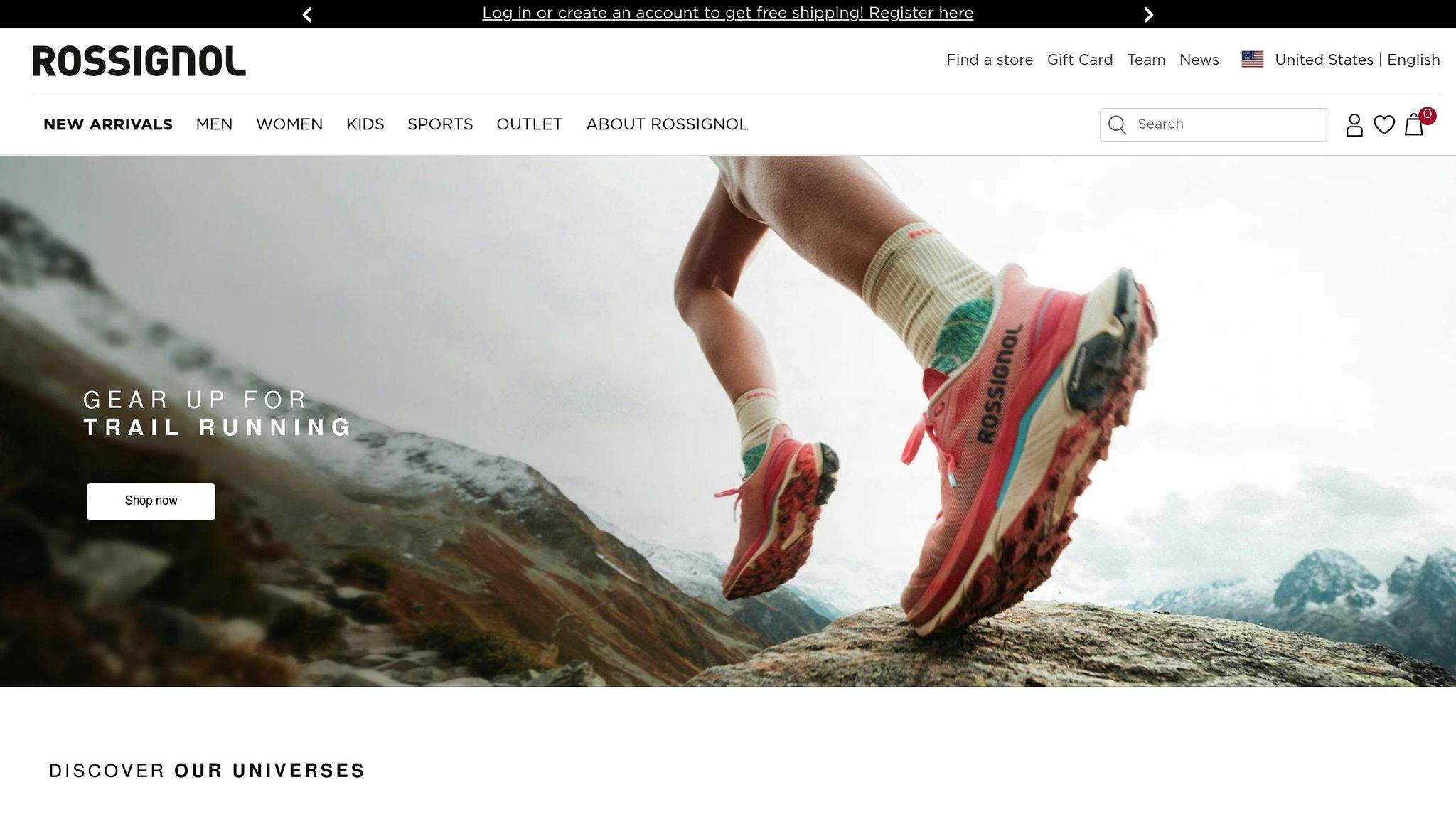
Traditional alpine bindings from brands like Rossignol, Atomic, Elan, and Head are known for their precision and performance. However, for beginners, they can feel a bit overwhelming. Let’s break down the key features of these bindings and see how they stack up compared to Snowfeet*’s simpler design.
Weight and Portability
Standard ski bindings are built to last and deliver high performance, but that durability comes with added weight. For example, the Atomic Shift weighs in at 897 grams, the Rossignol FKS 120 at 1,088 grams, and the Tyrolia Attack 12 GW at about 1,054 grams per binding. That’s over 4.6 lbs per pair, which can feel like a lot when you’re lugging your gear around. For skiers who value portability, this extra weight might be a drawback.
Boot Compatibility
Here’s where things can get tricky. Traditional alpine bindings work with ski boots that meet specific ISO standards - most commonly the ISO 5355 standard for alpine boots. But then there are other classifications like GripWalk, WTR (Walk To Ride), and MNC (Multi-Norm Certified), which can make compatibility a headache.
If your boots and bindings aren’t a match, it could lead to unsafe situations like premature release or failure to release altogether. The most versatile options, like MNC and Sole.ID bindings, work with a wide range of boots, but they often come with a higher price tag.
Here’s a quick look at compatibility:
| Binding Type | Alpine Boots | GripWalk Boots | Touring Boots | WTR Boots |
|---|---|---|---|---|
| Traditional Alpine | ✓ | Limited | ✗ | Limited |
| GripWalk | ✓ | ✓ | ✗ | ✓ |
| MNC | ✓ | ✓ | ✓ | ✓ |
| WTR | ✓ | ✓ | ✗ | ✓ |
Bottom line: making sure your boots and bindings are compatible is crucial for safety and performance.
Learning Curve
For beginners, standard ski bindings can feel like a lot to handle. They need to be adjusted by a professional to match your weight, skill level, and boot size. These settings, known as DIN settings, aren’t something you can just eyeball. Plus, they need regular checks to ensure everything stays safe and functional. For someone just starting out, this can mean multiple trips to the ski shop, which can get frustrating.
"We all start somewhere", says Eryka Thorley, an Outdoor Guide and Teacher.
Terrain Use
When it comes to groomed runs or challenging terrain, traditional alpine bindings shine. They’re designed for precision and power transfer, giving more experienced skiers the control they need. But for beginners, this level of performance can feel like overkill. A simpler, more forgiving setup might be a better match for those just getting their feet under them on the slopes.
2. Snowfeet* Bindings
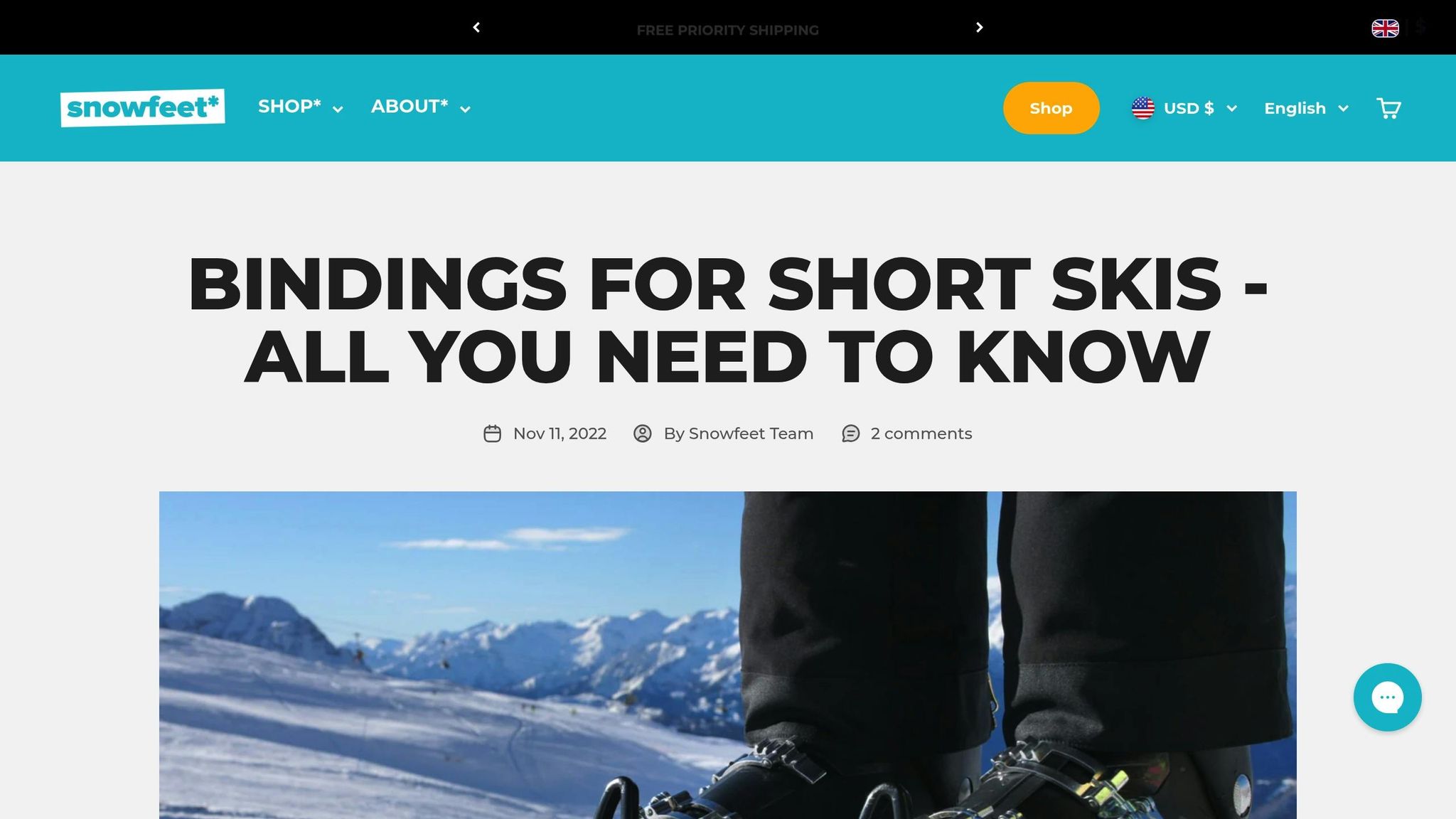
Snowfeet* bindings are a game-changer for beginners, offering lightweight, easy-to-use gear that works with regular winter shoes. No need for fancy ski boots here - just strap in and hit the snow.
Weight and Portability
One of the standout features of Snowfeet* bindings is how lightweight and portable they are. They’re compact enough to fit in your backpack, so you’re not lugging around heavy equipment. Whether you’re heading to the slopes or a nearby hill, these bindings make it easy to travel light.
Boot Compatibility
Snowfeet* bindings are all about flexibility. Unlike traditional ski bindings that demand specific boots, Snowfeet* works with a wide range of footwear. They’re compatible with any winter shoes or snowboard boots, accommodating US sizes 6–13 (38–47 EU). Plus, there’s a Mini version for smaller feet. With three models - Basic, Standard, and Pro X - there’s an option for almost every boot style.
This versatility is a big deal. You don’t have to shell out for pricey ski boots right away. Instead, you can use your regular winter shoes or pick up budget-friendly snowboard boots. The setup is straightforward, making it easy to get started without the hassle of specialized gear.
Learning Curve
Adjusting Snowfeet* bindings is a breeze. Forget about complicated professional setups or regular DIN checks that come with traditional bindings. These bindings are simple to tweak and fit all sizes.
The snowboard-style design is another bonus. It gives you better control by improving foot positioning, which means more stability and responsiveness. This natural stance reduces strain, so you can focus on smooth, precise movements instead of wrestling with your gear. The secure fit and flexibility make it easier to learn, keeping the process fun and frustration-free.
Terrain Use
Snowfeet* bindings aren’t just beginner-friendly - they’re versatile, too. Whether you’re on ski slopes, hiking trails, or even tackling a backyard run, these bindings deliver consistent control. Their snowboard-inspired design balances stability and agility, making them perfect for exploring different terrains.
This mix of performance and ease of use adds a fun twist to your snow adventures. Snowfeet* bindings offer a sporty, dynamic way to enjoy the snow, keeping things engaging as you learn and grow your skills.
sbb-itb-17ade95
Pros and Cons
Let’s break down the key advantages and challenges of traditional ski bindings versus Snowfeet* bindings. This comparison should help you figure out which option aligns better with your skill level and goals. Both systems have their perks, but they cater to different needs.
Traditional ski bindings, from brands like Rossignol, Atomic, Elan, and Head, are all about stability and control. They’re designed to handle higher speeds and tough conditions with ease. Paired with longer skis and specialized boots, these bindings create a secure setup perfect for rough terrain. Plus, they’re incredibly versatile. Whether you’re cruising on groomed runs or tackling backcountry powder, traditional bindings perform well across a variety of snow conditions.
That said, they’re not without their downsides. For starters, they’re heavy, which makes them less portable and can lead to quicker fatigue. They also require specialized ski boots, which can significantly add to the initial cost.
Now, let’s talk about Snowfeet* bindings. These are all about ease of use and accessibility. One of their standout features is compatibility with regular winter shoes or snowboard boots - no need to invest in pricey ski boots. Their lightweight design makes them super portable - just toss them in your backpack and you’re good to go. As skiing expert Ken_R puts it:
"Lightweight gear makes the ski experience easier and better in many cases. Walking with boots and skis for example".
Snowfeet* bindings also have a gentler learning curve. Their shorter size and playful design make them easier for beginners to control, whether you’re skiing, skating, or jumping. This makes them a great choice for building confidence and skills without the intimidation of traditional setups.
However, they do have limitations. Snowfeet* bindings aren’t as stable at higher speeds, which might be a drawback for more advanced skiers. They’re also less stiff compared to other skiboard bindings, which can impact performance in challenging conditions. But for beginners or those prioritizing fun over speed, these trade-offs are often worth it.
Here’s a side-by-side comparison to make things clearer:
| Feature | Traditional Ski Bindings | Snowfeet* Bindings |
|---|---|---|
| Boot Compatibility | Requires specialized ski boots | Works with winter shoes/snowboard boots |
| Weight | Heavy (1,500–2,500g / 3.3–5.5 lbs) | Lightweight and portable |
| Initial Cost | High (includes boots, bindings, skis) | Lower barrier to entry |
| Stability | Excellent at high speeds | Good for beginners; reduced at high speeds |
| Learning Curve | Steeper, requires instruction | Gentler, more intuitive |
| Terrain Versatility | Versatile across varied conditions | Playful and versatile, but limited in extreme conditions |
| Portability | Bulky; often requires vehicle transport | Easily portable; fits in a backpack |
| Control | Superior for advanced techniques | Easier for beginners to manage |
So, whether you’re looking for advanced performance with traditional bindings or beginner-friendly fun with Snowfeet*, this breakdown should help you decide which option fits your skiing style and needs best.
Conclusion
Choosing between traditional ski bindings and Snowfeet* bindings really depends on what you want out of your skiing experience and how much time you've spent on the slopes. For those just stepping into the world of snow sports, Snowfeet* bindings stand out with their simplicity and ease of use.
Let’s break it down a bit. Traditional bindings from brands like Rossignol, Atomic, Elan, and Head are perfect if you’re chasing speed and control. They’re built for advanced performance but come with a higher price tag and require additional specialized gear. While they’re fantastic for seasoned skiers, beginners might find them a bit overwhelming. On the other hand, Snowfeet* bindings are lightweight, affordable, and much easier to handle, making them a great choice for those just starting out.
One of the coolest things about Snowfeet* bindings is how they lower the entry barriers for beginners. You don’t need to invest in expensive ski boots right away - you can use your regular winter boots. This makes trying out skiing less of a financial leap. Plus, if you’ve got experience with ice skating or rollerblading, you’ll likely find the transition to Snowfeet* bindings pretty smooth, thanks to their skate-like motion. For anyone new to skiing, these bindings offer a great way to get started without the intimidation factor of traditional setups. Their lightweight design also helps reduce fatigue, which is a big win when you’re learning.
It’s worth noting that Snowfeet* bindings are best suited for gentle slopes and recreational use. They’re perfect for building confidence and getting a feel for snow sports. But if you’re eyeing high-speed runs or backcountry adventures down the line, you’ll probably want to switch to traditional bindings as you progress.
FAQs
What makes Snowfeet bindings different from traditional ski bindings for beginners?
Snowfeet bindings bring a fresh twist to the world of skiing gear with their lightweight build, simple setup, and flexibility. Unlike traditional ski bindings that require specialized ski boots from brands like Rossignol or Atomic, Snowfeet bindings work with regular winter shoes or snowboard boots. This makes them a fantastic option for beginners who want to skip the hassle of extra gear and dive right into the fun.
On the other hand, traditional ski bindings, like Alpine or touring types, are all about precision and often come with intricate safety release systems. While these features are great for seasoned skiers, they can be intimidating for those just starting out. Snowfeet bindings strip away the complexity, offering an adjustable, portable, and easy-to-use solution that pairs perfectly with short skis or skates. If you're new to skiing, these bindings make it easier - and more enjoyable - to get out there and explore the slopes.
How do Snowfeet bindings make it easier for beginners to learn skiing?
Snowfeet bindings are crafted to make skiing less daunting and more fun for beginners. Thanks to their lightweight and compact build, they eliminate the bulkiness and complexity that can come with traditional ski bindings. Plus, they’re super easy to adjust, so you don’t need to be a tech wizard to get started. This means beginners can spend their time mastering the basics - like balance, turning, and control - without getting bogged down by tricky gear.
Unlike traditional bindings from big names like Rossignol or Atomic, which tend to be heavier and require precise tweaking, Snowfeet bindings keep things simple. Their design is perfect for anyone new to skiing who wants a confidence-boosting, hassle-free experience. Whether you're strapping into skiblades, skiskates, or mini skis, Snowfeet bindings make hitting the slopes smoother and way less intimidating.
Can Snowfeet bindings handle advanced skiing as I get better?
Snowfeet bindings are a great option for beginner and intermediate skiers. They’re super lightweight, easy to carry, and simple to use. If you’re into casual skiing, having fun on smaller slopes, or trying out some new styles, these bindings are a solid pick. They’re especially appealing for people just starting out or anyone looking for something a little different on the slopes.
That said, as you gain confidence and start tackling tougher runs, you might want to check out traditional ski brands like Rossignol, Atomic, or Head. These brands offer bindings that are built for more precision, durability, and stability - perfect for high-speed descents or challenging conditions. While Snowfeet bindings are all about fun and accessibility, they’re not designed for expert-level performance or intense skiing adventures.

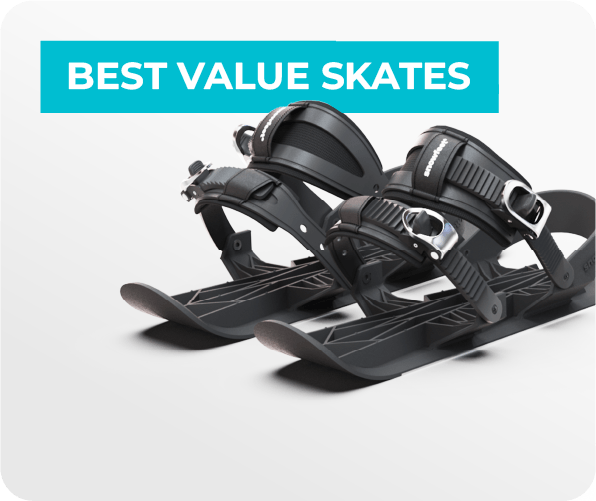
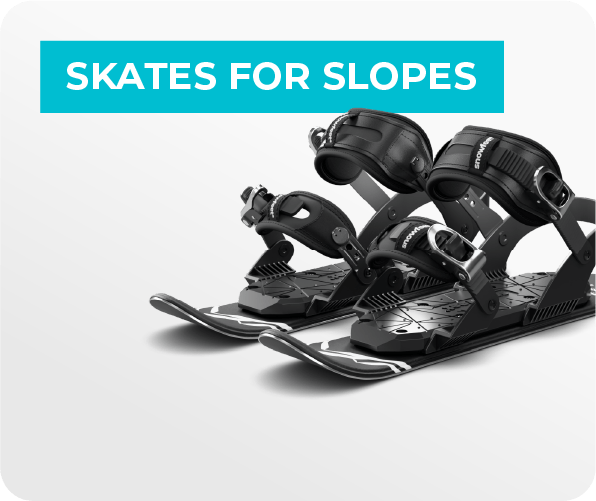
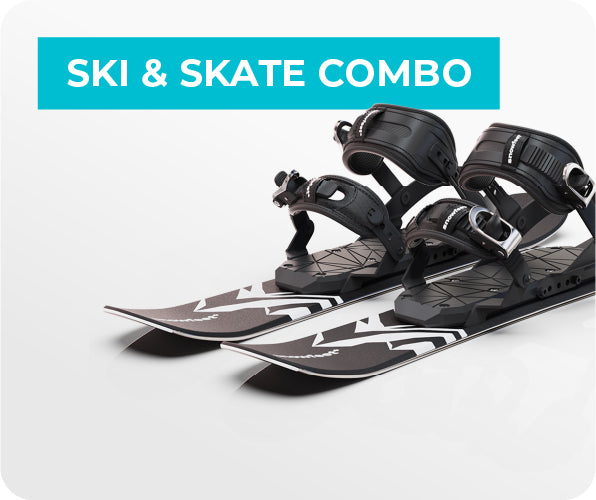
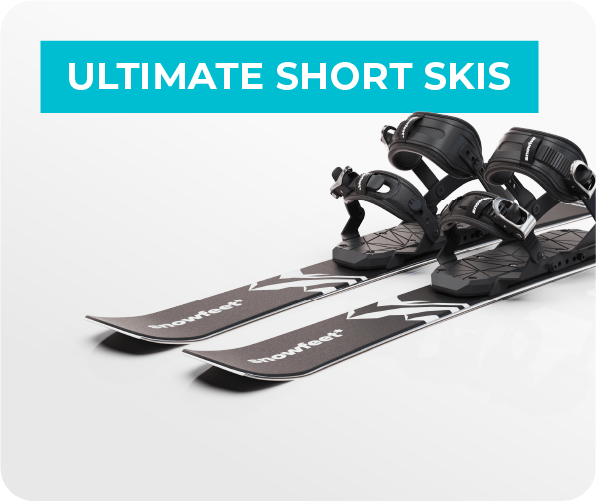
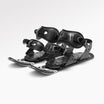
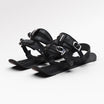
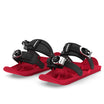
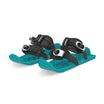
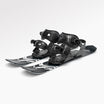
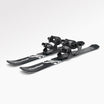
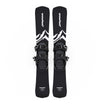
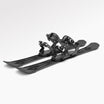
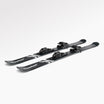
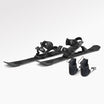

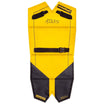
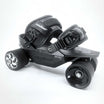

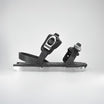
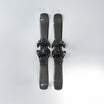
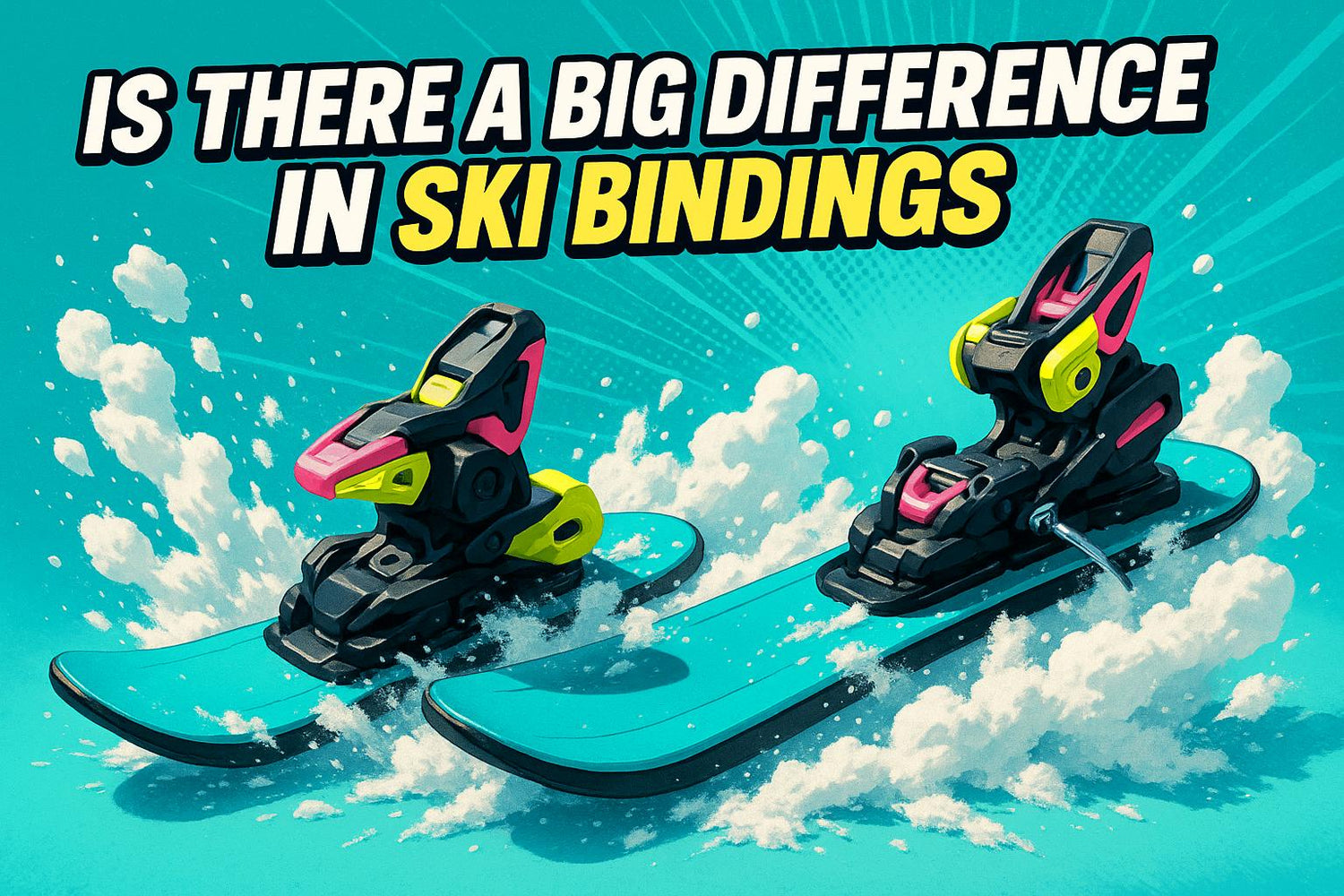
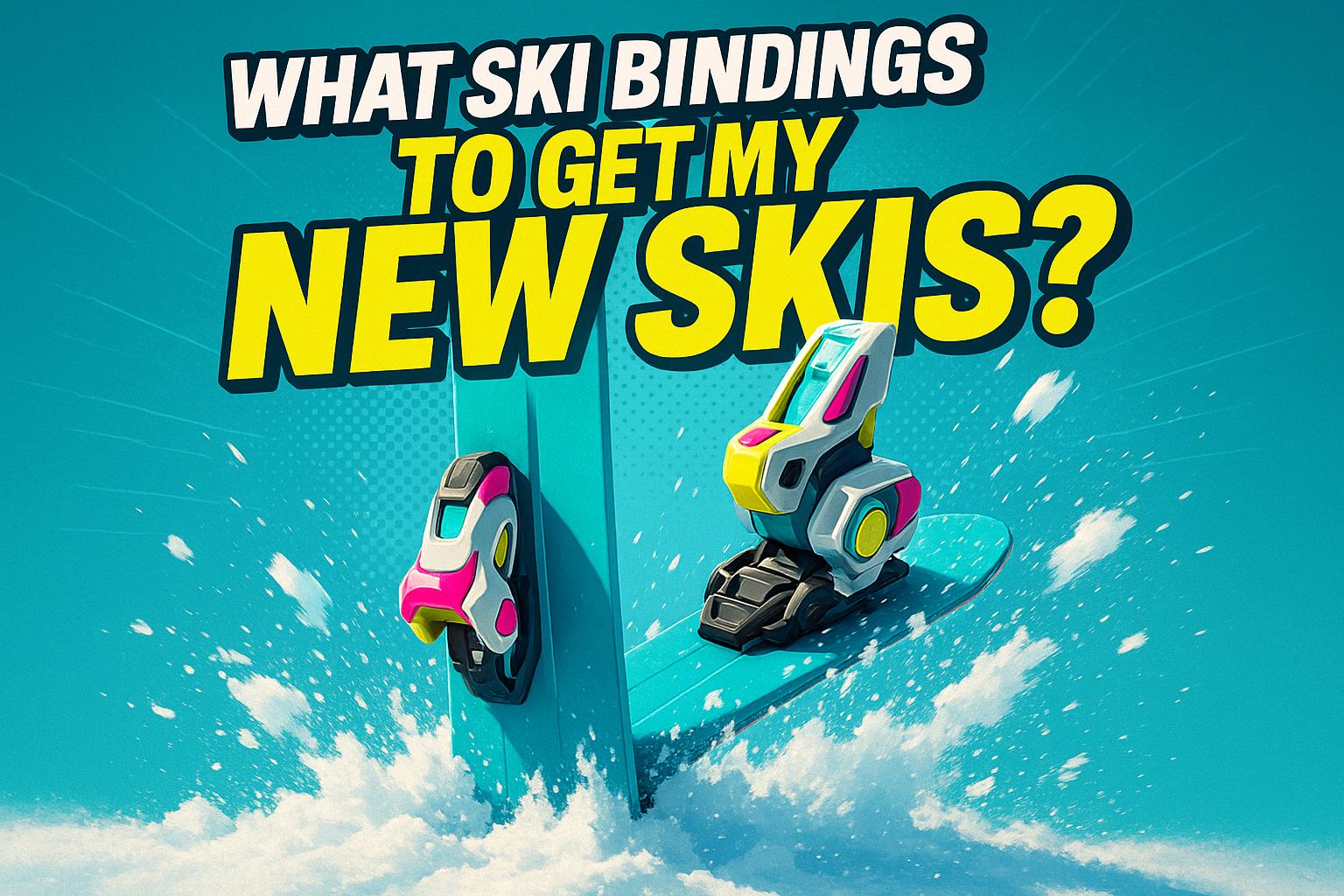
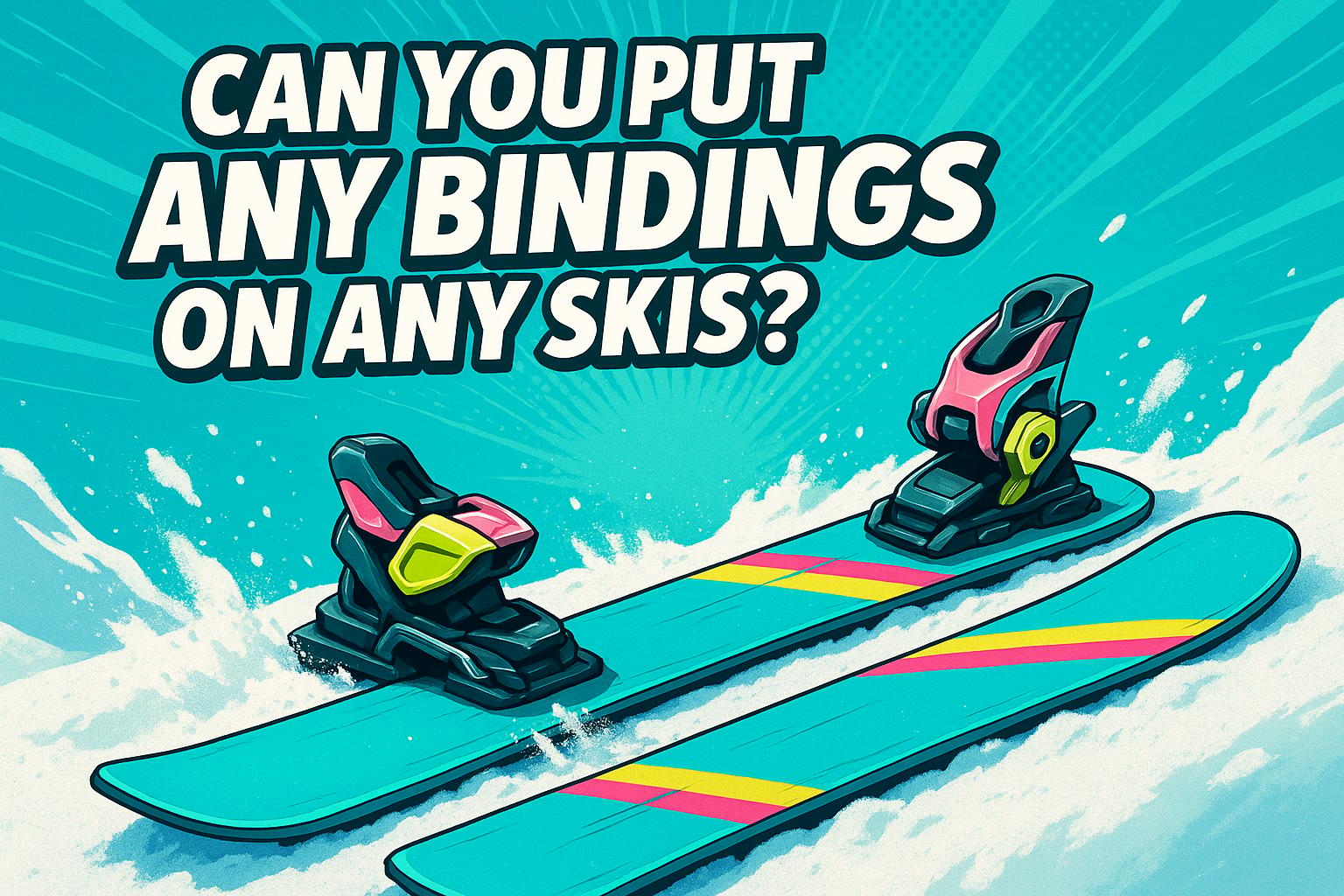
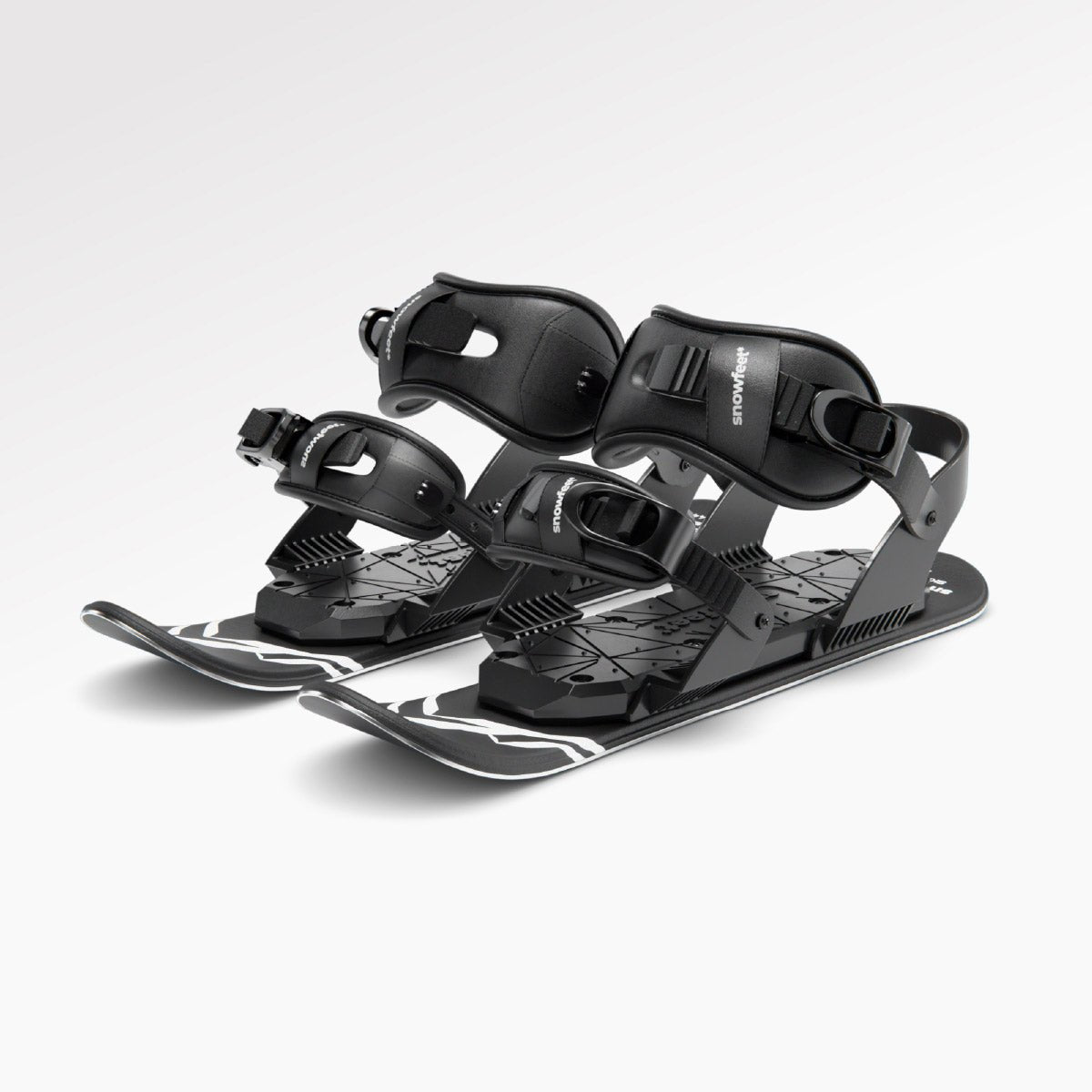
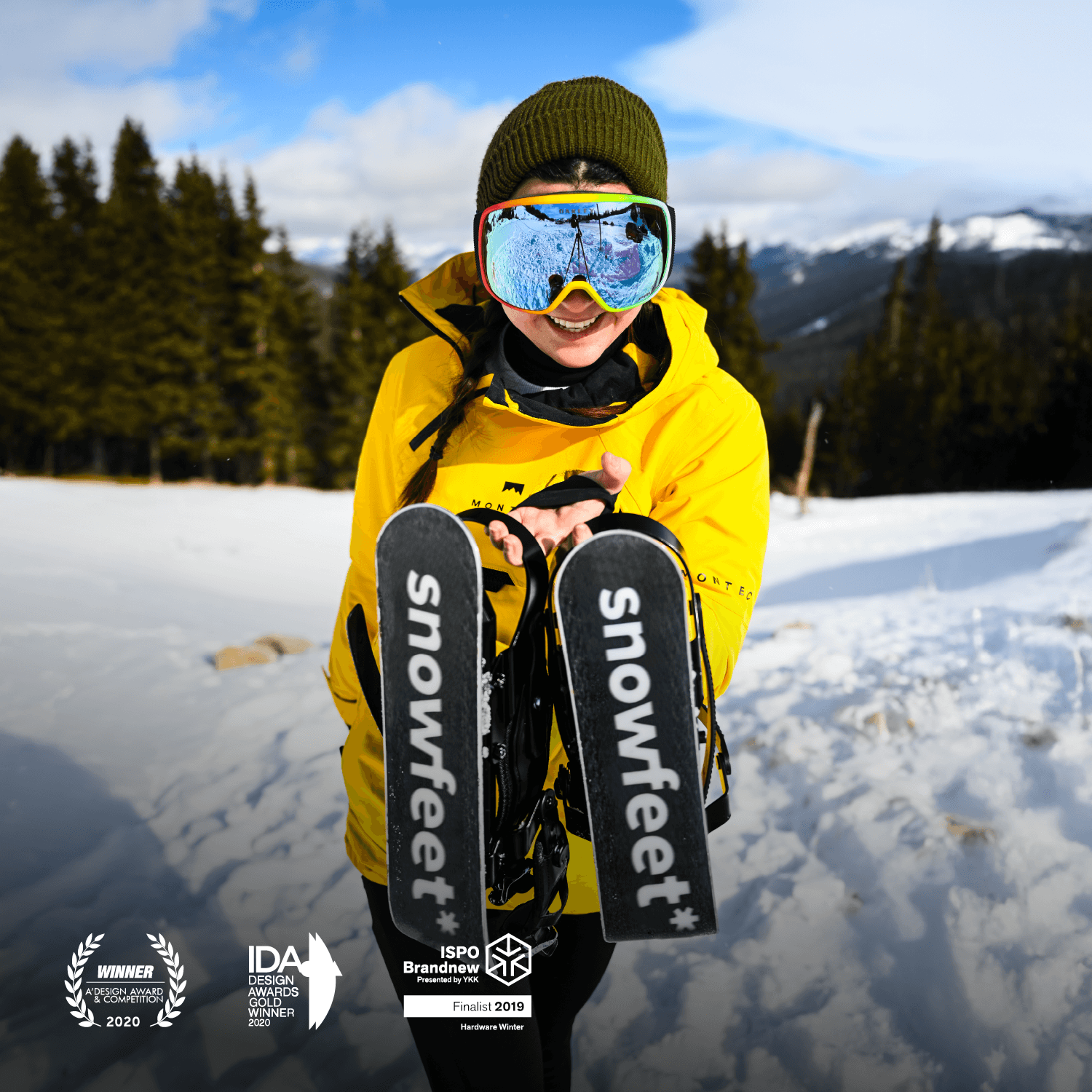
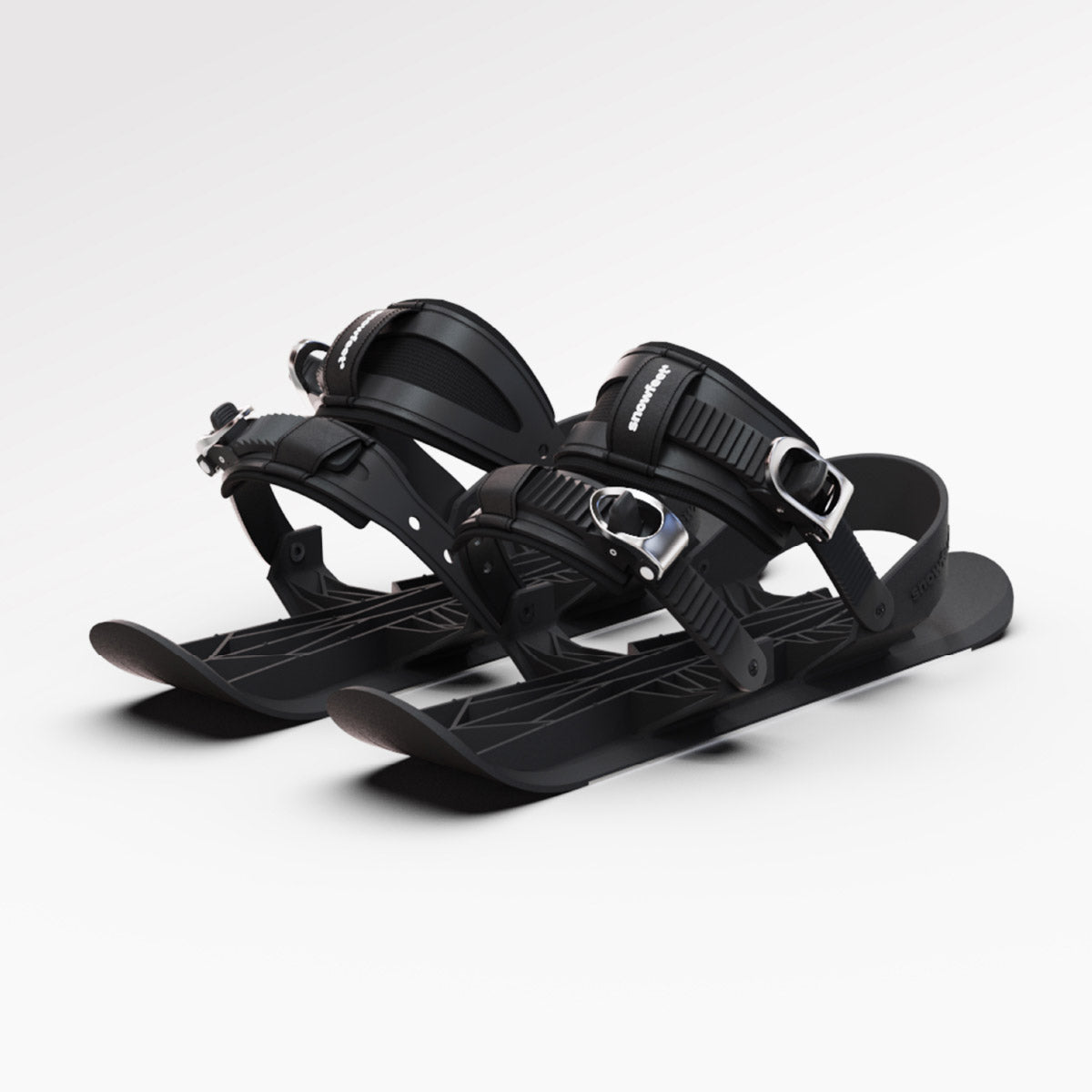
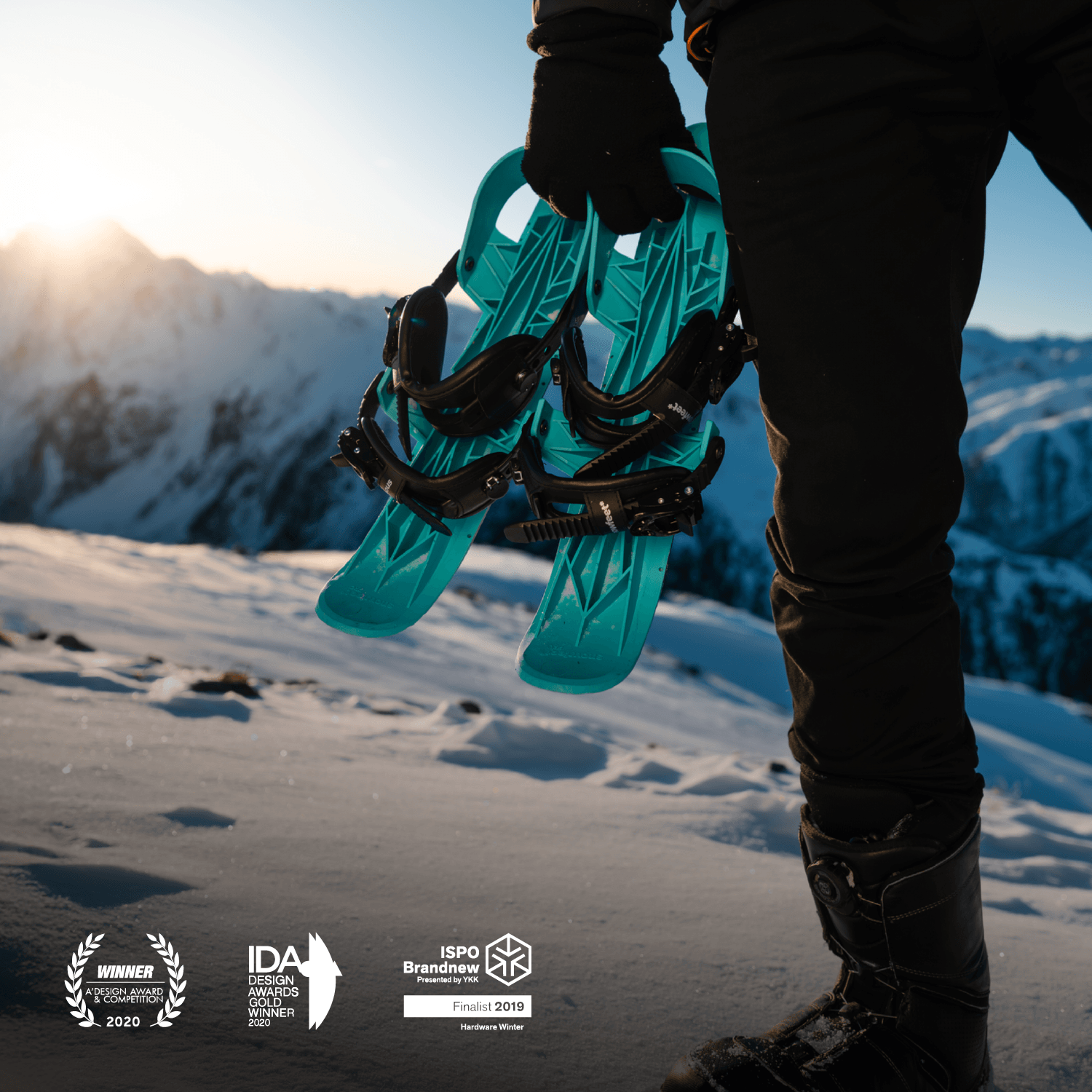
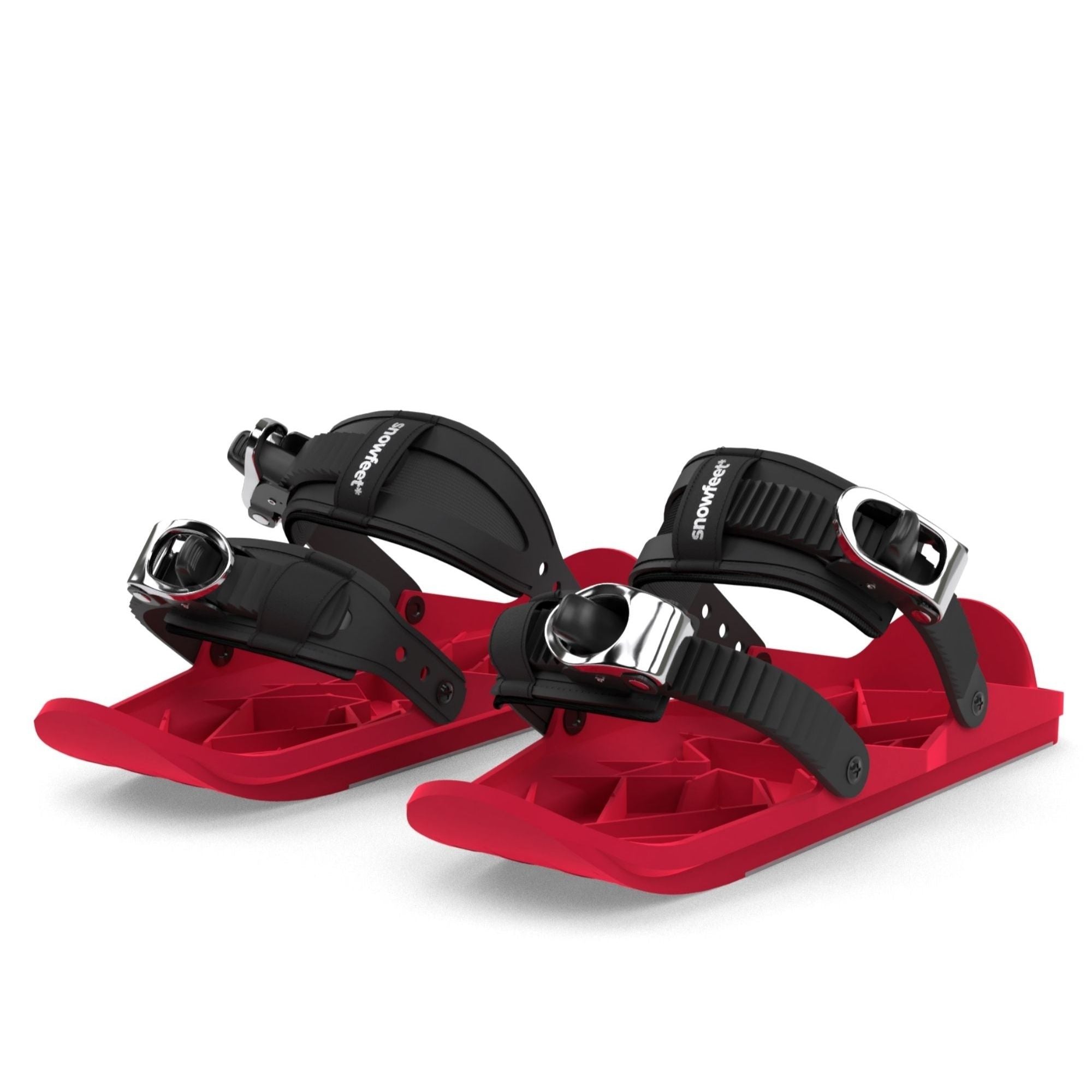
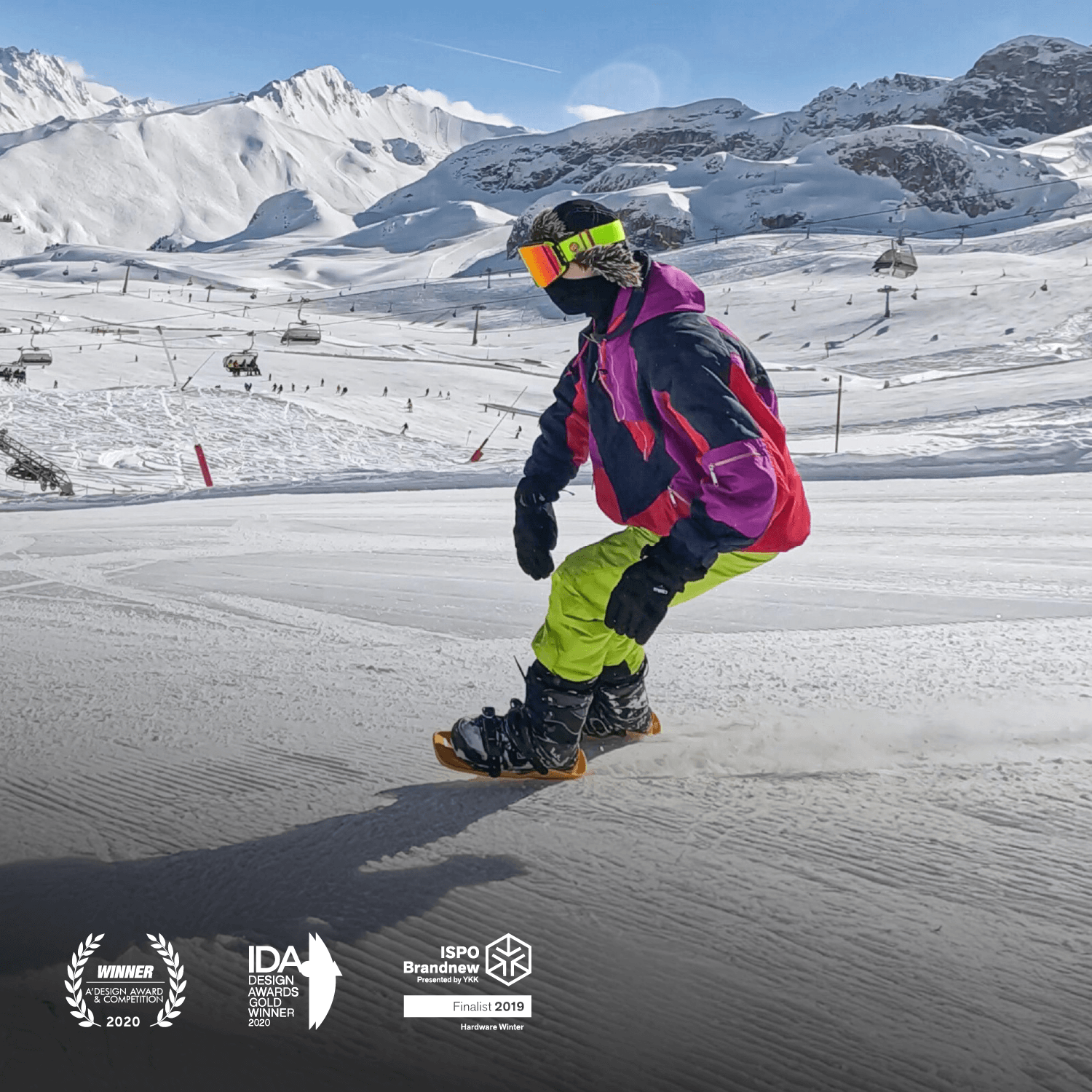
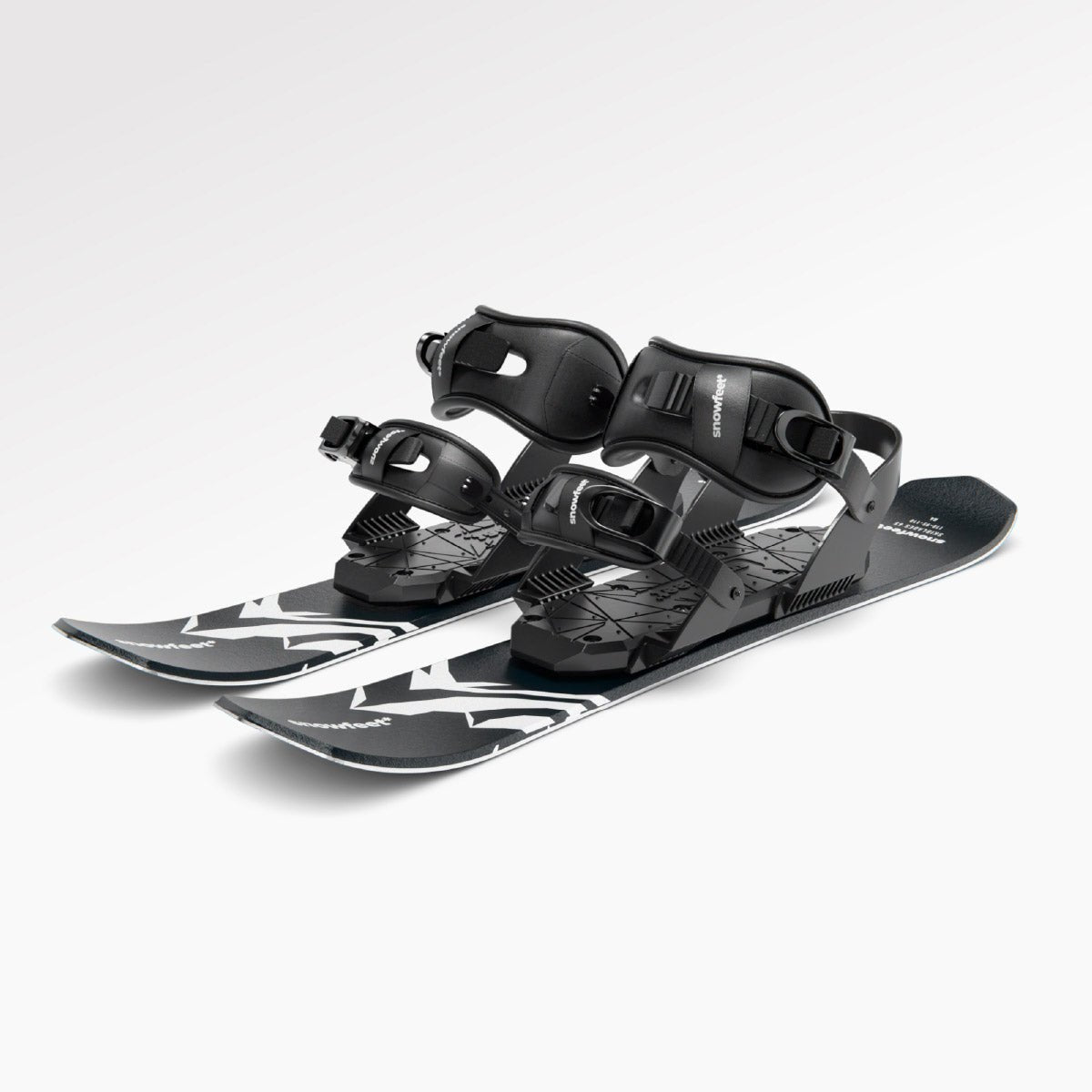
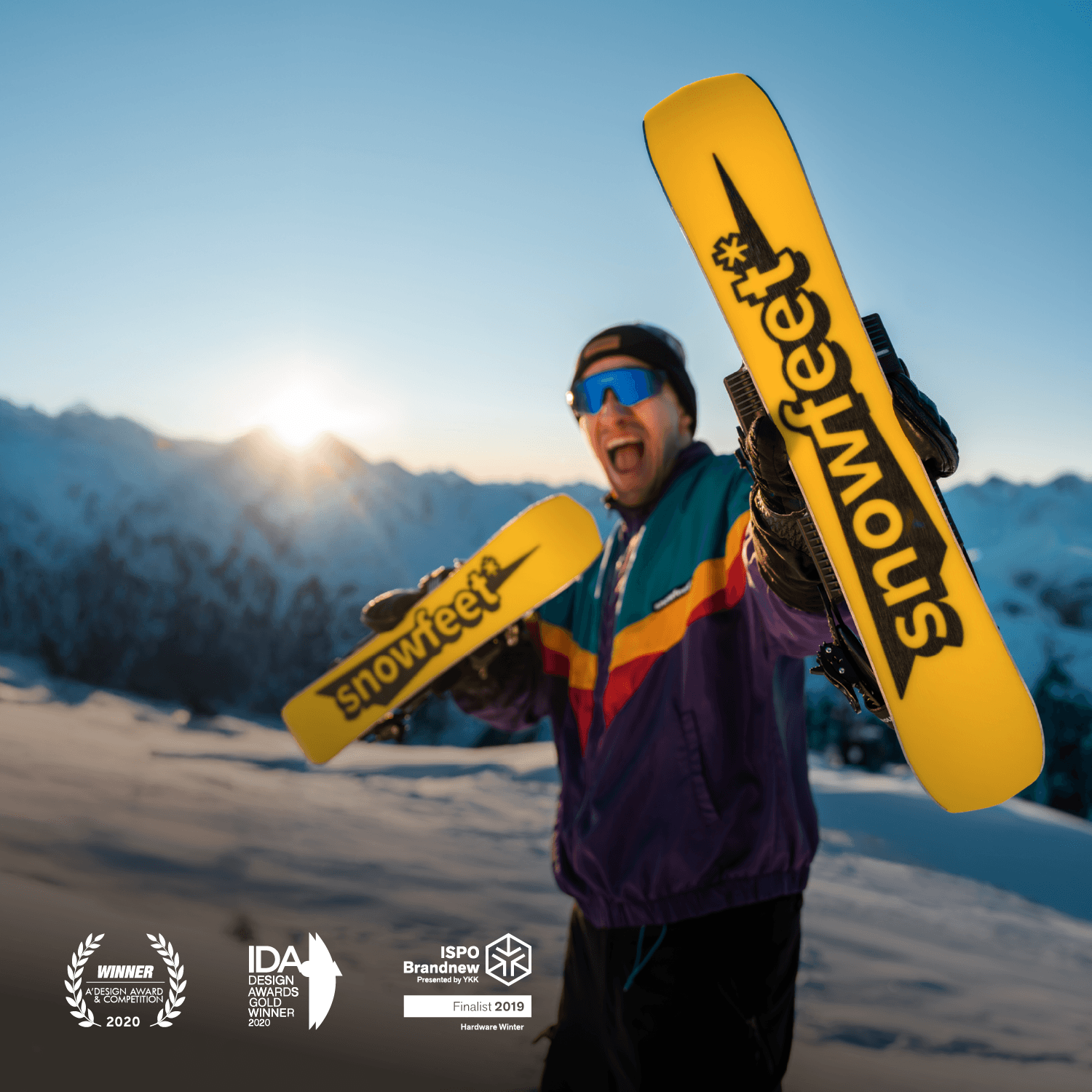
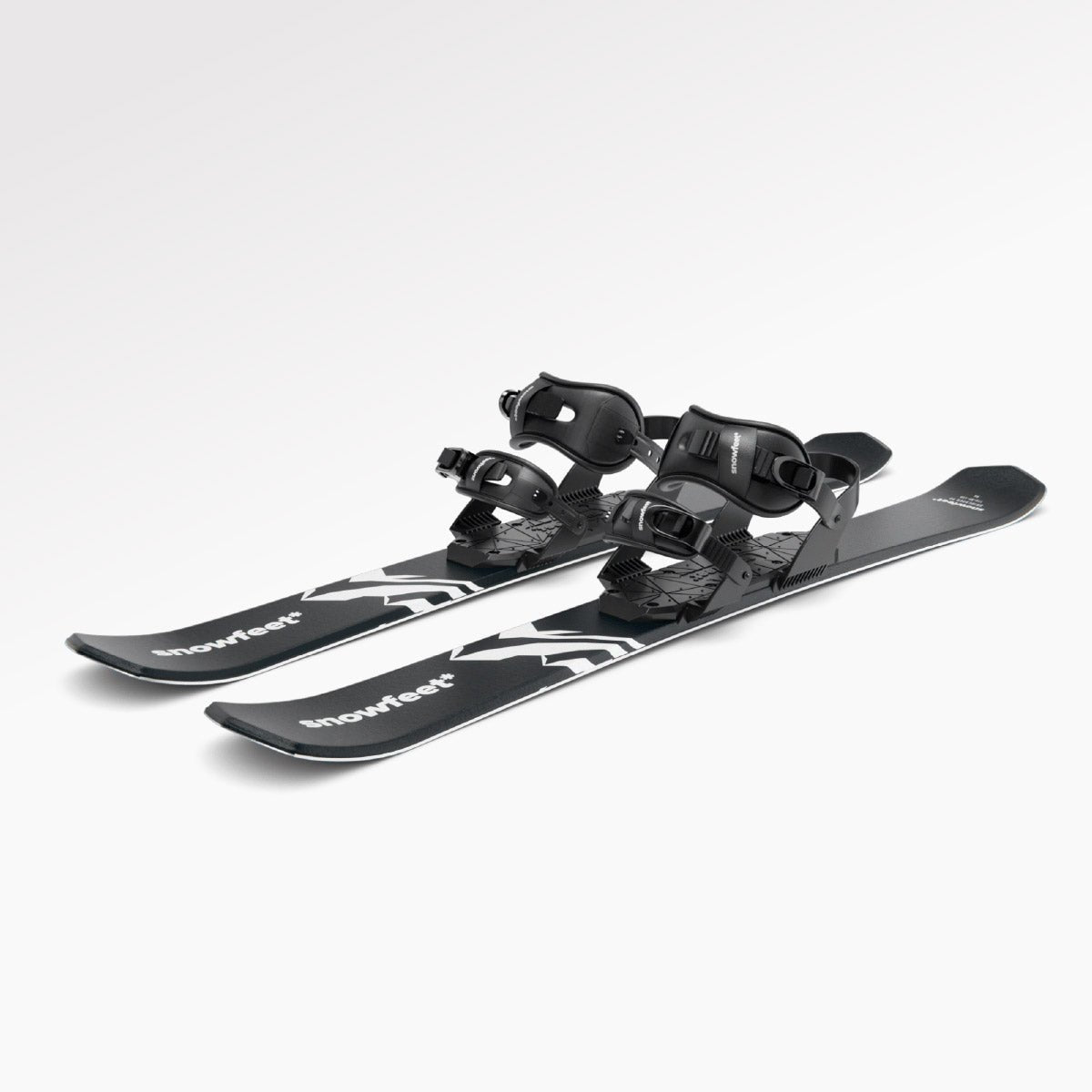
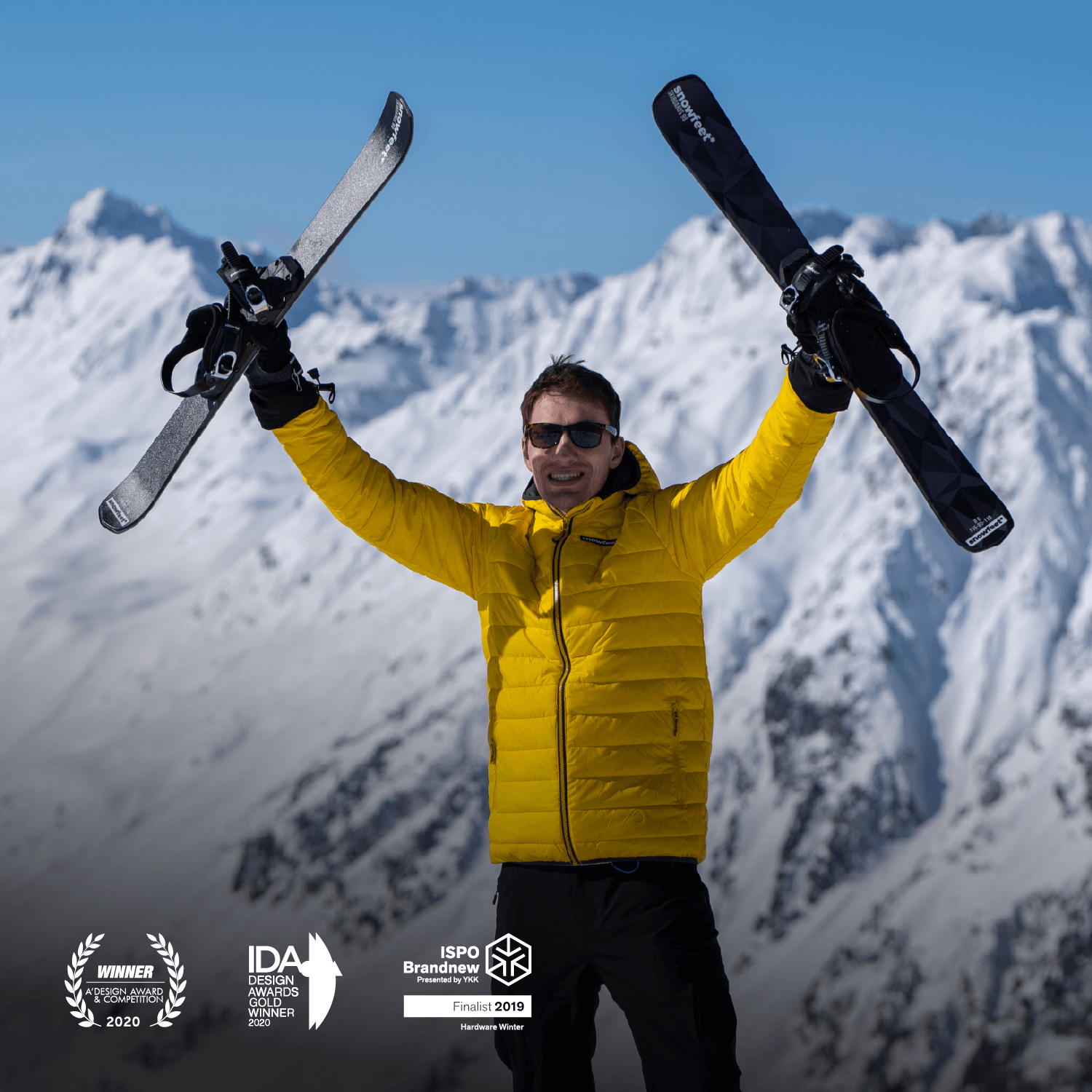
Leave a comment
This site is protected by hCaptcha and the hCaptcha Privacy Policy and Terms of Service apply.